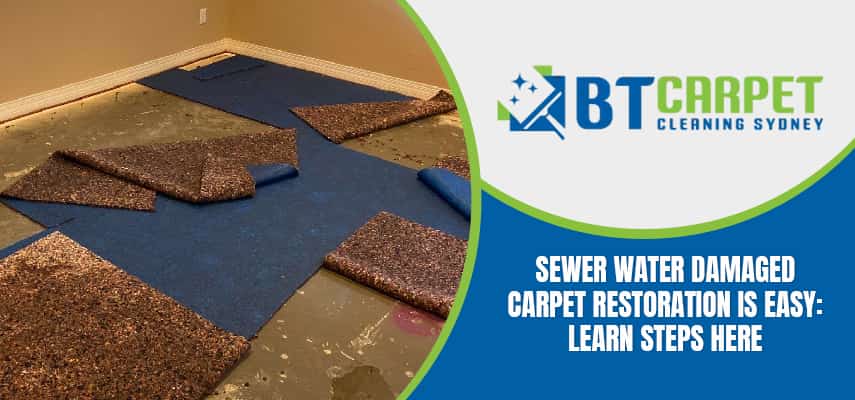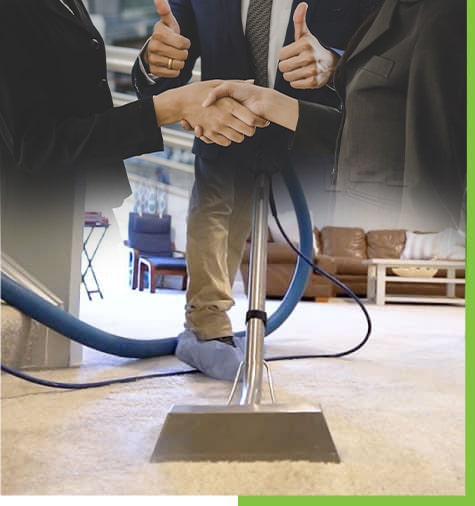Keeping your carpets clean and fresh doesn’t have to involve expensive store-bought products or harsh chemicals. You can easily create an effective homemade carpet cleaner using simple ingredients that are eco-friendly and safe for your family. Whether you’re dealing with stubborn stains or everyday dirt, this DIY solution can work wonders on your carpets.
Homemade carpet cleaners are not only cost-effective but also free from harmful chemicals, making them a healthier alternative to traditional cleaning solutions. Here’s how to make and use an effective homemade carpet cleaner for all your carpet cleaning needs.
Why Go Homemade for Carpet Cleaning?
Using a homemade carpet cleaner offers several benefits:
- Safe for Families and Pets: Many store-bought cleaners contain harsh chemicals that may be harmful. Homemade cleaners use natural ingredients, ensuring safety.
- Budget-Friendly: Save money by using household items you likely already have in your pantry.
- Environmentally Friendly: Reduce your ecological footprint by avoiding chemical-laden products.
- Customizable: Adjust the ingredients to tackle specific stains or suit your carpet type.
Ingredients for a Homemade Carpet Cleaner
To create an effective homemade carpet cleaner, you’ll need these basic ingredients:
- White Vinegar: A natural disinfectant and stain remover.
- Baking Soda: Absorbs odors and helps lift dirt from carpet fibers.
- Dish Soap: Breaks down grease and grime.
- Hydrogen Peroxide: Effective for treating tough stains and sanitizing carpets.
- Essential Oils (optional): Adds a pleasant scent and additional antibacterial properties.
- Warm Water: Helps dilute the cleaning solution and enhances effectiveness.
These ingredients are non-toxic and safe to use on most carpets, making them ideal for regular cleaning and stain removal.
DIY Carpet Cleaner Recipes
Here are some easy recipes to create your own carpet cleaner at home:
1. All-Purpose Carpet Cleaner
- 1 cup white vinegar
- 2 cups warm water
- 2 tablespoons dish soap
- A few drops of your favorite essential oil (optional)
How to Use: Mix all ingredients in a spray bottle. Spray the solution on the carpet, let it sit for 5 minutes, and blot with a clean cloth.
2. Deep Stain Remover
- 1/4 cup hydrogen peroxide
- 1 tablespoon dish soap
- 1 cup warm water
How to Use: Mix and apply the solution directly to the stain. Gently scrub with a brush, blot with a clean cloth, and rinse with water.
3. Odor Neutralizer
- Baking soda
- White vinegar
How to Use: Sprinkle baking soda over the carpet and let it sit for 15-20 minutes. Spray vinegar on top and wait until it stops fizzing. Blot with a damp cloth and let it dry.
4. Foaming Carpet Cleaner
- 1/4 cup liquid dish soap
- 1/4 cup white vinegar
- 1/4 cup warm water
How to Use: Mix the ingredients in a bowl to create a foam. Apply it to stained areas, scrub gently, and wipe clean with a damp cloth.
Step-by-Step Guide to Cleaning Your Carpet
Follow these steps for effective DIY carpet cleaning:
- Vacuum First: Remove loose dirt and debris from the carpet to make the cleaning process more effective.
- Spot Test: Test your homemade cleaner on a small, inconspicuous area to ensure it doesn’t discolor or damage your carpet.
- Apply the Cleaner: Spray or apply the solution to the stained or dirty area.
- Scrub Gently: Use a soft-bristle brush to work the cleaner into the carpet fibers.
- Blot and Rinse: Blot the area with a clean, damp cloth to remove the solution and dirt.
- Dry Completely: Let the carpet air dry or use fans to speed up the process.
When to Call Professionals
While homemade carpet cleaners are great for regular maintenance and minor stains, some situations call for professional help. For deep cleaning or delicate carpets, consider hiring Eco-friendly Carpet Cleaning Services in Sydney. They use advanced equipment and environmentally friendly products to deliver a thorough clean.
Tips for Maintaining Clean Carpets
Regular maintenance is essential for keeping your carpets in top condition. Here are some tips:
- Vacuum Frequently: Vacuum high-traffic areas at least twice a week to prevent dirt buildup.
- Treat Spills Immediately: Address spills and stains as soon as they happen to prevent them from setting.
- Use Door Mats: Place mats at entry points to reduce the amount of dirt and debris tracked onto your carpets.
- Schedule Annual Cleaning: Consider deep cleaning your carpets once a year to maintain their freshness and longevity.
Conclusion
Creating a homemade carpet cleaner is an easy, cost-effective, and environmentally friendly way to keep your carpets clean and fresh. With natural ingredients like vinegar, baking soda, and dish soap, you can tackle stains and odors without relying on harsh chemicals. For more intensive cleaning needs, consider professional carpet cleaning services to ensure your carpets stay in perfect condition. By combining DIY solutions with regular maintenance, you can enjoy spotless and long-lasting carpets in your home.
Published on: February 15, 2025


